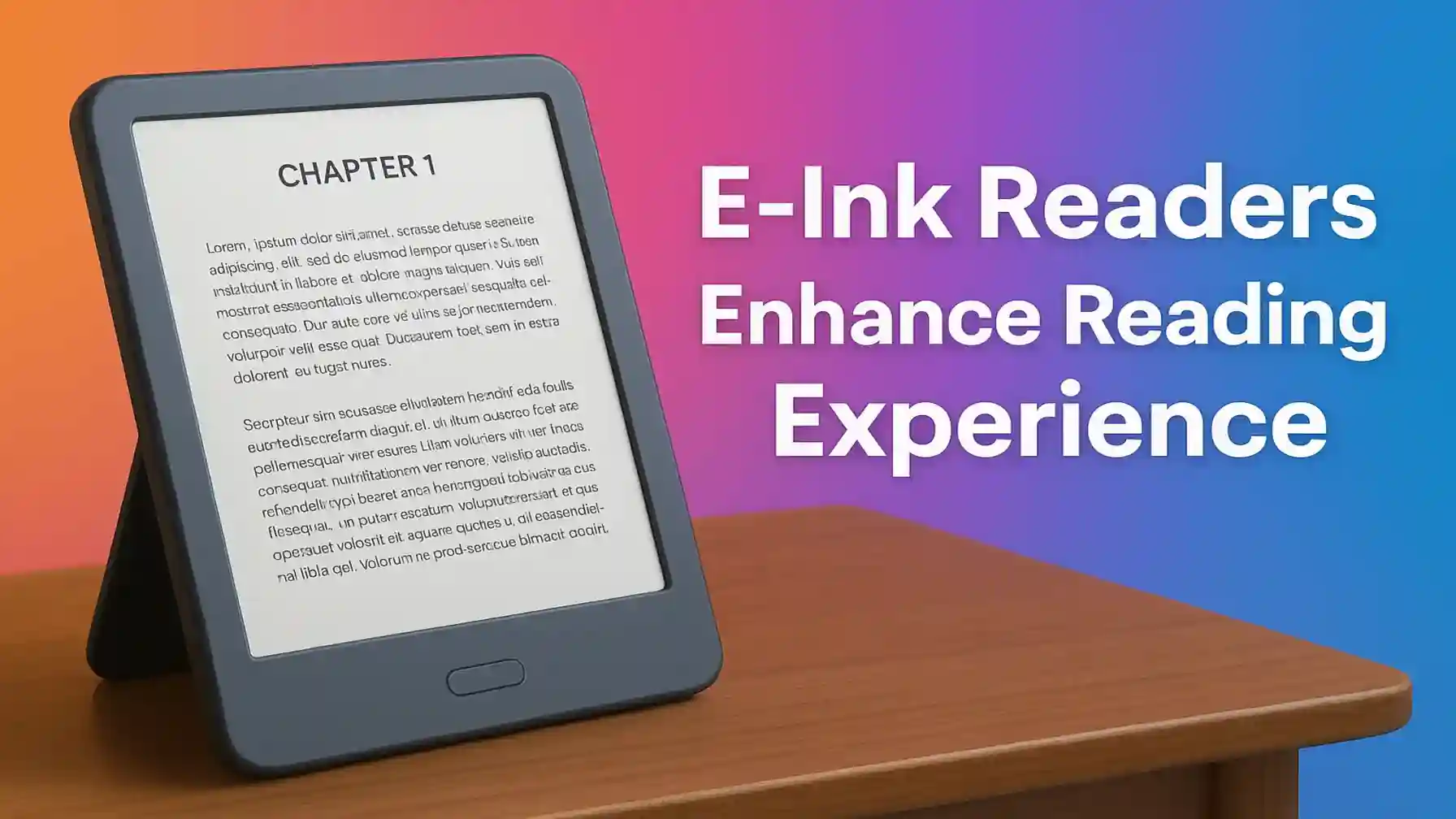The Global Electronic Aspirin Market is making waves in the healthcare industry as one of the most innovative pain management technologies. Designed to address chronic pain conditions, this non-invasive solution offers relief to patients suffering from migraines, cluster headaches, and other forms of persistent pain. With advancements in medical technology and an increasing demand for efficient treatment options, the Global Electronic Aspirin Market is set to experience significant growth from 2024 to 2031. This blog delves into the key trends, opportunities, and challenges shaping the future of this market.
What is the Global Electronic Aspirin Market?
The Global Electronic Aspirin Market refers to the range of technological solutions aimed at providing relief from chronic headaches and migraines using an electronic device. Electronic aspirin is a handheld device that helps block pain signals by stimulating the sphenopalatine ganglion (SPG) nerves responsible for chronic headaches. This solution is particularly appealing for patients seeking an alternative to traditional pain medications, as it offers a non-invasive, drug-free approach to pain management.
Also Read: Reconfigurable Magnet Slime Robot Revolutionizes Robotics Innovation
In an era where patients are increasingly looking for treatments that minimize side effects and offer faster relief, electronic aspirin has emerged as a game-changing innovation in the field of neurology and pain management. This shift in consumer preference has been one of the driving factors behind the growth of the Global Electronic Aspirin Market.
Key Market Drivers of the Global Electronic Aspirin Market:
The rise of the Global Electronic Aspirin Market is attributed to several factors, each playing a pivotal role in its expansion.
1. Technological Advancements:
Advances in healthcare technology, particularly in neurology and bioelectronics, have paved the way for the development of devices like electronic aspirin. This innovation enables precise targeting of nerve clusters to provide effective pain relief, enhancing patient outcomes.
2. Increased Demand for Non-Invasive Treatments:
Many patients are seeking alternatives to pharmaceuticals due to concerns about side effects, addiction, or ineffectiveness in long-term pain management. Electronic aspirin offers a non-invasive solution, making it an attractive option for patients and healthcare providers alike.
3. Prevalence of Chronic Pain Conditions:
With a growing number of individuals diagnosed with chronic headaches, migraines, and cluster headaches, the demand for efficient and long-lasting treatment options continues to rise. The increasing incidence of these conditions fuels the growth of the Global Electronic Aspirin Market.
Emerging Trends:
Several emerging trends are contributing to the rapid expansion of the Global Electronic Aspirin Market, particularly in terms of product innovation and adoption.
1. Integration of AI and IoT:
As artificial intelligence (AI) and the Internet of Things (IoT) make their way into healthcare, electronic aspirin devices are becoming more sophisticated. AI-driven devices can now provide personalized treatment by learning from user feedback, while IoT integration enables real-time monitoring and remote adjustments, further improving patient care.
2. Growing Use in Healthcare Facilities:
Hospitals and specialized clinics are increasingly adopting electronic aspirin as part of their pain management protocols. This growing usage is driven by the device’s proven effectiveness in alleviating headaches without the need for medication, which makes it a valuable tool in post-operative care and chronic condition management.
3. Miniaturization and Portability:
Advancements in miniaturization have made electronic aspirin devices more portable and user-friendly, encouraging widespread adoption. This trend is expected to continue as manufacturers strive to create more compact, easy-to-use devices that offer maximum efficiency in pain relief.
Regional Growth Analysis:
The Global Electronic Aspirin Market is seeing substantial growth in various regions, with some countries emerging as key players in its adoption.
1. North America:
North America, particularly the United States, leads the Global Electronic Aspirin Market in terms of adoption and technological development. Favorable healthcare policies, coupled with a high incidence of chronic headaches, have driven the market’s expansion in this region. Additionally, advanced healthcare infrastructure and significant investments in research and development contribute to North America’s dominance.
2. Europe:
Europe is another significant market for electronic aspirin, driven by regulatory support and increasing demand for pain management solutions. Countries like Germany, the UK, and France are at the forefront of adopting electronic aspirin devices, primarily due to the growing prevalence of chronic pain conditions and the region’s focus on innovative healthcare technologies.
3. Asia-Pacific:
The Asia-Pacific region, particularly China and Japan, is rapidly emerging as a high-growth market for electronic aspirin devices. The region’s increasing healthcare expenditure and growing awareness of alternative pain management options are fueling demand. Additionally, the rise in the aging population, coupled with the increasing prevalence of chronic diseases, has made Asia-Pacific a key region for market expansion.
Competitive Landscape of the Global Electronic Aspirin Market:

The competitive dynamics within the Global Electronic Aspirin Market are evolving rapidly, with both established players and new entrants vying for market share.
1. Key Market Players:
Leading companies in the electronic aspirin market include a mix of medical device manufacturers and technology firms specializing in neurology and bioelectronics. These players are focused on enhancing their product offerings through continuous research and development, strategic partnerships, and acquisitions.
2. Innovation and Product Differentiation:
To stand out in the competitive market, companies are investing in innovation, particularly in the areas of product design and functionality. Enhanced patient interfaces, portability, and ease of use are becoming important factors in gaining a competitive edge.
3. Mergers and Acquisitions:
Mergers and acquisitions are common in the market as companies seek to expand their technological capabilities and geographic reach. This trend is expected to continue, with larger players acquiring smaller companies that offer innovative solutions to enhance their portfolios.
Challenges and Barriers in the Global Electronic Aspirin Market:
Despite its promising growth trajectory, the Global Electronic Aspirin Market faces several challenges.
1. Regulatory Hurdles:
Strict regulatory frameworks, particularly in North America and Europe, can delay the approval and distribution of electronic aspirin devices. Companies must navigate complex regulatory landscapes to bring their products to market.
2. Supply Chain Disruptions:
Global supply chain disruptions, exacerbated by the COVID-19 pandemic, have impacted the production and distribution of electronic aspirin devices. These disruptions pose a challenge to manufacturers trying to meet growing demand.
3. Consumer Awareness:
Although electronic aspirin offers a unique solution for pain management, consumer awareness remains relatively low. Educating the public and healthcare providers about the benefits of this technology is crucial to driving market adoption.
Future Outlook and Opportunities in the Global Electronic Aspirin Market:
The future of the Global Electronic Aspirin Market looks bright, with significant growth opportunities on the horizon.
1. Market Growth Projections:
The market is set to experience robust growth at a compound annual growth rate (CAGR) from 2024 to 2031, driven by technological advancements, rising consumer demand, and favorable regulatory frameworks across various regions.
2. Expansion into Emerging Markets:
Emerging markets, particularly in Asia-Pacific and Latin America, offer untapped opportunities for market expansion. As healthcare infrastructure improves in these regions, the demand for innovative pain management solutions like electronic aspirin is expected to rise.
3. Long-Term Investment Opportunities:
The electronic aspirin market presents lucrative opportunities for investors, particularly in research and development, product innovation, and regional market expansion. Stakeholders who invest in this market stand to benefit from its long-term growth potential.
Conclusion:
The Global Electronic Aspirin Market is set to experience remarkable growth over the next decade. As more consumers seek non-invasive, drug-free solutions for chronic pain, demand for electronic aspirin will rise. Advancements in technology and increasing awareness of its benefits are driving innovation and expansion in the market. For industry players, this is the time to invest in research, development, and strategic partnerships to capture market share and drive the future of pain management.
Also Read: Humanize Robot Enhancing Interaction with Machines
FAQs:
1. What is the electronic aspirin technology, and how does it work?
Electronic aspirin uses a handheld device to stimulate specific nerve clusters responsible for chronic headaches, providing pain relief without medication.
2. What are the leading regions for growth in the Global Electronic Aspirin Market?
North America and Europe lead the market, with emerging growth in Asia-Pacific due to increased healthcare investments.
3. Who are the key players in the electronic aspirin industry?
Key players include established medical device manufacturers and technology companies specializing in neurology.
4. What challenges does the Global Electronic Aspirin Market face?
The market faces regulatory hurdles, supply chain disruptions, and the need to increase consumer awareness.
5. How is the electronic aspirin market expected to evolve by 2031?
The market is expected to grow at a significant CAGR, driven by technological advancements and increased demand for non-invasive pain management solutions.








